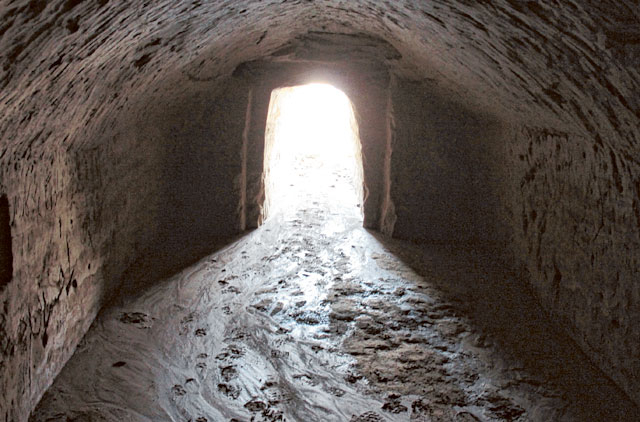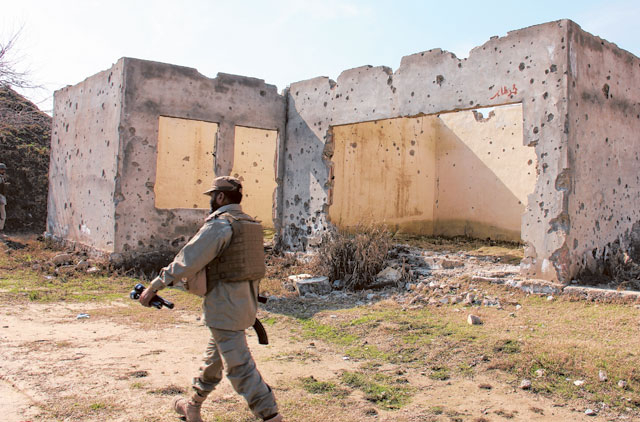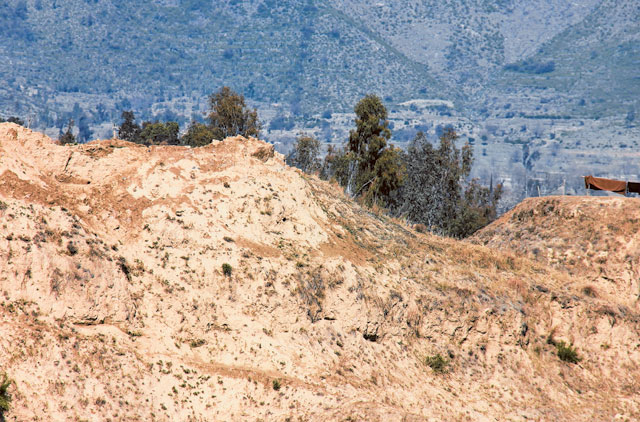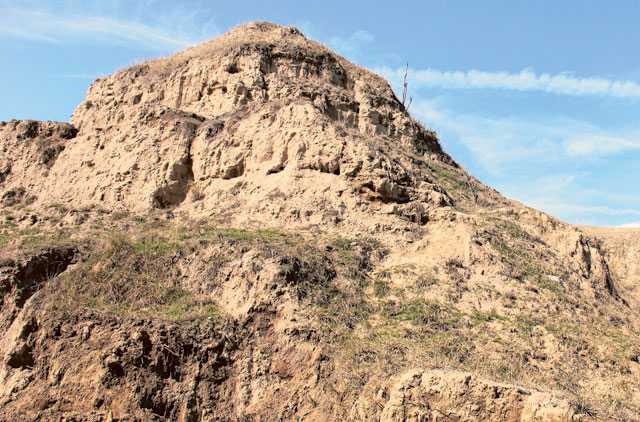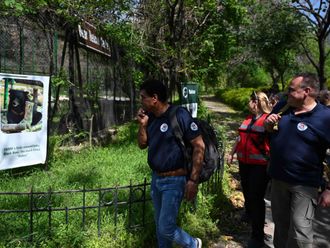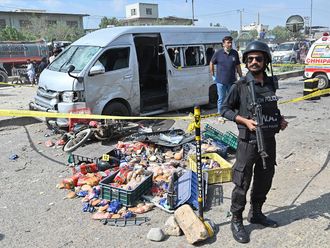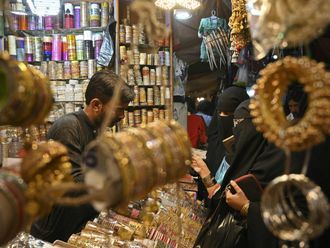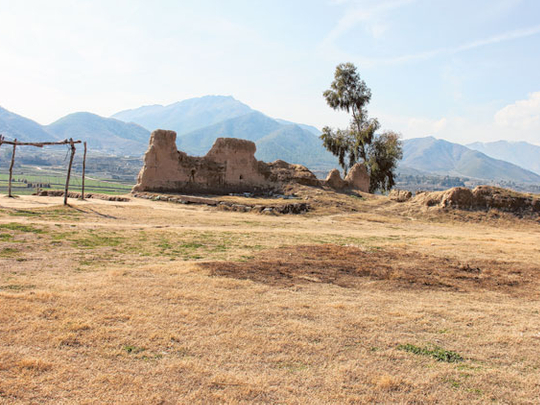
Khar: The turning point in the fight against the Taliban came with Operation Sherdil launched by the Pakistan military in 2008 in Bajaur, the northernmost agency of the Federally Administered Tribal Areas (Fata).
A stronghold of Taliban led by Maulvi Faqir Mohammad, Bajaur initially proved a tough challenge. Today it enjoys almost complete peace and stability. Because of the vulnerability of this particular area to cross border insurgent attacks, there have been sporadic attempts by Faqir’s group. This is why there is continued military presence despite the lifting of a five-year long curfew.
Moreover, careful monitoring and a comprehensive grassroots intelligence system among the locals has now become a necessity.
Boasting the highest population of 1.2 million in Fata, Bajaur also has other geographical advantages. While sharing a porous border with at least five passes into Kunar province in Afghanistan makes it an ideal conduit for trade it also makes it particularly vulnerable. This geostrategic advantage played a pivotal role during the Afghan Jihad at the times of the Soviet occupation. The tribal linkages of Bajaur’s Tarkani tribe with others across the Kunar River in Afghanistan has resulted in a free cross border movement.
While the lack of development and the apathy of the political administration are often cited as the reasons for allowing Taliban to make inroads these were not the only reasons. The dynamics that shaped the environment have also contributed. The first US drone strike in 2006 targeting Liaqat madrassa killing at least 75 children in Damadola was a key factor in turning the local population against the state apparatus. Promising speedy justice under the slogan of sharia, Faqir Mohammad swiftly consolidated his hold on the locals who were lured by his promise to implement Islamic governance. Between 2006-2008, Faqir Mohammad’s strength grew, as there was little resistance from the local security forces – the Frontier Constabulary and the Levies – who either defected or were butchered.
Moreover, the Taliban systematically targeted the age old tribal system, slaughtering the Maliks (influential locals) and the Masharan, the tribal elders. In Mamnoon valley alone, 50 Maliks were killed to set an example. With the state writ having eroded, Bajaur thus fell under Taliban control.
The decision to take military action came when Faqir Mohammad wrote a letter to Kabul asking for accession of Bajaur with Afghanistan.
There are a number of reasons this was not done earlier, which inadvertently allowed the Taliban to consolidate their hold. First, the government was not taking the Taliban threat seriously despite the blatant challenge to the state. Second, the delay in a military offensive was because the government feared a public backlash. Third, because of the Taliban control on the local population who were either too scared or unwilling to turn against them. Interestingly, the configuration of the Taliban at the time of the operation included 40 per cent locals, 10 per cent foreigners including Uzbeks, Chechens and some Arab fighters, 25 per cent Afghans and 25 per cent fighters from other parts of Fata.
The consequent defeat of the Taliban led to an unconditional surrender in March 2009 but Faqir Mohammad managed to escape into Afghanistan. His arrest last month in Nangarhar province by the Afghan forces is likely to help Pakistan. Unfortunately, Kabul’s refusal to hand him back to Islamabad has generated another round of contention between the two. Islamabad has now decided to approach the Interpol to gain custody of the Taliban leader.
Given the rate of implementation of the rehabilitation and development work that is now being undertaken, things in Bajaur are looking up. The tribal agency is a good example of an integration of efforts of the security forces and the political administration. Jointly the two identified four grey areas that are being prioritised. These are:
Restoration of education facilities as illiteracy was considered a major contributor towards turning people towards the Taliban; confidence building of locals in security forces by ensuring their security; revival of traditional elder system and maintenance of security through kinetic operations with intelligence information.
It is hoped that these efforts succeed in turning around the lives of the people of this area.


